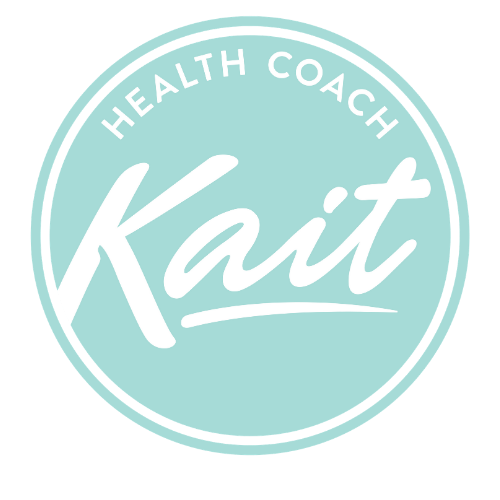8 Signs You Have Metabolic Syndrome (Even If You’re Not Overweight)
Metabolic syndrome is often associated with being overweight or obese, but here’s the truth: you can have metabolic syndrome even if you look lean on the outside. It’s a condition driven by insulin resistance, and it often flies under the radar until more serious health issues begin to develop.
What is Metabolic Syndrome?
Metabolic syndrome isn’t a single disease. It’s a cluster of risk factors that raise your chances of developing heart disease, stroke, and type 2 diabetes. According to current guidelines, a diagnosis of metabolic syndrome is made when you have at least three of the following:
High waist circumference
Elevated triglycerides
Low HDL cholesterol
High blood pressure
Elevated fasting blood sugar
But here’s the catch: symptoms of metabolic dysfunction often show up before they meet clinical thresholds. The earlier you can recognize these signs, the sooner you can take action to reverse them.
1. High Waist Circumference
You might not be "overweight," but if you carry excess fat around your midsection, it could be a sign of visceral fat. This type of fat wraps around your organs and is highly inflammatory. A waist circumference over 35 inches for women or 40 inches for men is considered high risk.
2. High Fasting Blood Sugar
A fasting blood glucose level above 100 mg/dL (5.6 mmol/L) is a key marker of metabolic dysfunction. If your levels creep into the 100-125 range, that’s prediabetes territory—and a strong signal of insulin resistance, even if your A1c looks normal.
3. Low HDL Cholesterol
HDL is your "good" cholesterol, and when it’s too low, it's often linked to insulin resistance. Low HDL is defined as under 40 mg/dL for men and under 50 mg/dL for women. If your HDL is on the lower side, it could indicate trouble with blood sugar and fat metabolism.
4. High Triglycerides
Triglycerides over 150 mg/dL (1.7 mmol/L) are another marker of metabolic syndrome. This often goes hand in hand with high carbohydrate intake, insulin resistance, and excess liver fat. If you haven’t had your triglycerides checked recently, it’s worth asking your doctor for a lipid panel.
5. Elevated Blood Pressure
Even mildly elevated blood pressure (above 130/85 mmHg) could be a sign that your metabolic health is slipping. Insulin resistance increases sodium retention and activates the sympathetic nervous system, which can lead to higher blood pressure over time.
6. Fatigue After Meals
Do you feel like taking a nap after eating? That crash might not just be about what you ate—it could be a sign of insulin resistance. When insulin is high, it drives glucose into your cells rapidly, which can leave you feeling tired, sluggish, and hungry again soon after.
7. Frequent Cravings (Especially for Sugar and Carbs)
Cravings aren’t just about willpower. If your blood sugar is spiking and crashing throughout the day, you’re more likely to crave fast energy—like sweets, bread, and processed snacks. This is often one of the first symptoms people notice, and it gets worse the longer insulin resistance goes unaddressed.
8. Skin Tags or Dark Patches on the Neck
Skin tags and dark, velvety patches of skin (called acanthosis nigricans) often appear on the neck, armpits, or groin. These are visible signs that your insulin levels have been elevated for a long time—long before your blood tests might show a problem.
What To Do Next
If any of these signs sound familiar, it’s time to take your metabolic health seriously. The good news is that metabolic syndrome and insulin resistance are reversible with the right approach.
Focus on:
Eating more protein and healthy fats
Reducing refined carbs and added sugars
Prioritizing sleep, stress management, and movement
You don’t need a diagnosis to take action. The earlier you intervene, the better your chances of reversing these patterns and preventing long-term disease.
Want help getting started? Check out my 3-Day Blood Sugar Reset or explore the free resources on my blog for practical tips you can start using today.
